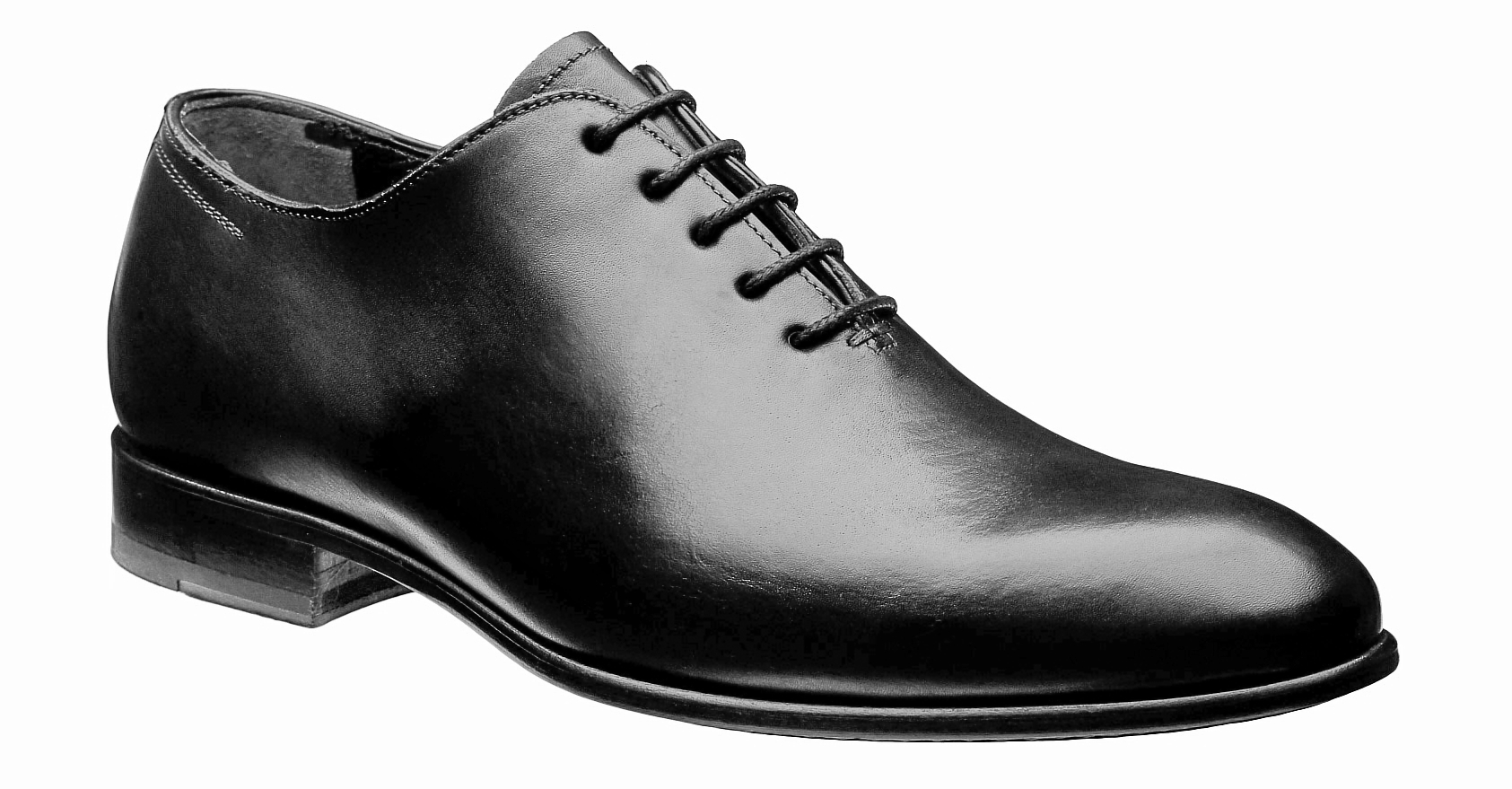OXFORD'S TURN COMES
"Elegance is not something superficial, but the way man has found to honour life and work".
- Paulo Coelho -
Now it's the turn of the Oxford, the most formal shoe. Although it may seem simple, sometimes we get lost with the number of different types of shoes that exist. And this also happens with men's footwear... Oxford, Derby, Balmoral, Monk Strap, Loafer... these are terms that we hear or read about frequently, which we often get lost with. That is why I have decided to start uploading a series of posts on our blog, with which I intend to let you know a little more about each kind of shoe. It is not my intention to be exhaustive, but simply to give you a brief historical introduction to each model and its main characteristics. This will allow you to get into this world more easily and to appreciate the shoes you are wearing in their right measure.
I begin this review in today's post, and I do it with a model that I love. A model that is synonymous with elegance and a benchmark of classic style... The Oxford shoe.
The main characteristic of the Oxford is that it is a closed shoe. In this shoe, the eyelets are made directly on a single piece of leather, with no scraps of material added to the body. This single piece is joined by means of laces, leaving the shoe completely closed at the instep.
This is the most suitable type of footwear for formal and business occasions.

Brown suede plain oxford from BOHEMIAN SHOES (model SEVERN)
History of the Oxford shoe
The Oxford model, like almost all men's footwear, has been "extrapolated" from an ankle boot. Thus, in the mid-19th century, men did not wear shoes like today's, but rather knee-high boots or ankle boots. The reason for this was none other than the need to protect ankles and legs, which had to deal with the poor road surface of the time.
It seems that the Oxford model in particular may have originated with students at Oxford University in the first quarter of the 19th century. In their search for a shoe that would allow them to move comfortably on campus, these students would have popularised a variant known as the "Oxonian shoe", from which today's Oxford may have evolved.
You will not deny that it is curious to think that the Oxford is a type of footwear conceived by students, when today it is used for formal occasions!... Here is a clear example of the vagaries of the evolution of style and fashion.
Oxford variants
- Cap toe Oxford
Perhaps the most widespread model, in black for strictly formal occasions, and in other tones for those that allow certain licences in terms of formality.
They are called "cap toe" because this type of shoe incorporates an additional piece of leather in the toe area. The heel can also incorporate yours. Bohemian has this model in two spectacular versions.

Cap toe Oxford by BOHEMIAN SHOES (model SEVERN in Prussian blue)
- Wingtip Oxford
When we speak of a wingtip, we refer to a toe cap in the shape of an "M" or a "W" (depending on the angle at which the shoe is viewed), which extends on both sides of the shoe. It is a shoe that is usually brogue (with perforations), and therefore less formal than the plain Oxford.

One of our first sketches. Oxford wingtip boot
- Saddle Oxford
In it, an additional leather strap extends from the top of the shoe. This is a historically American-style model, which is also manufactured by some firms in Europe. It was introduced in 1906 by the American shoe manufacturer AG Spalding, quickly gaining popularity among the younger public.
This type of shoe is also known as a "saddle shoe", not because it is suitable for horseback riding, but because it looks very much like a saddle shoe.
It is a shoe that, when well combined, can result in a very fun and attractive look. That is, as long as it goes with a casual outfit.

Saddle Oxford or "saddle" type shoe
- Kiltie Oxford
Not very common, this type of oxford has a tongue that starts at the top of the shoe and extends to the toe. It is rare to find them in a men's version, but not impossible.

Kiltie Oxford
- Wholecut
This Oxford model is the most formal. It is characterised by the fact that it is made of a single piece of leather, so it does not have seams on the surface of the leather. It is often found with a medallion and perforations (brogue).

Wholecut Oxford
You never imagined that an oxford could do so much? From now on, there is at least one type of shoe that will have no secrets for you.
See you next time!
Eva Veiga - Bohemian Shoes





Comments (2)